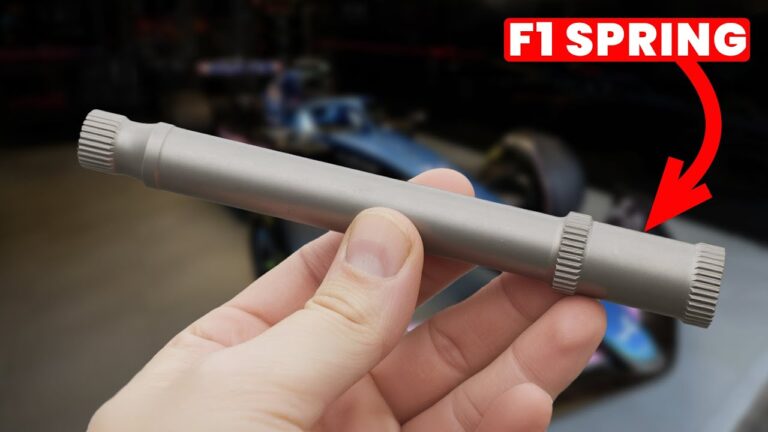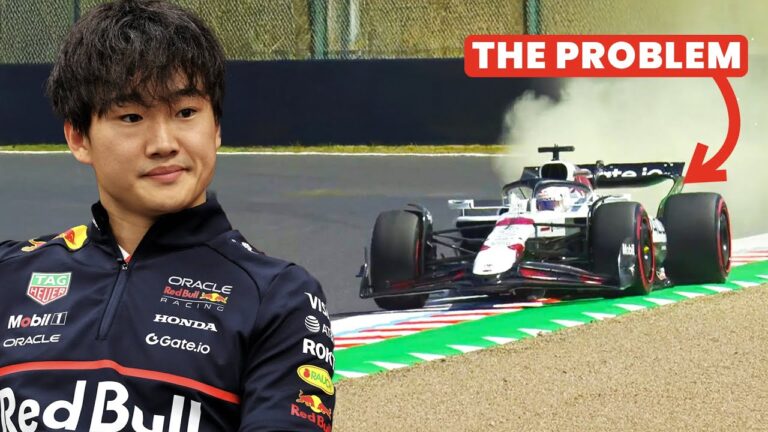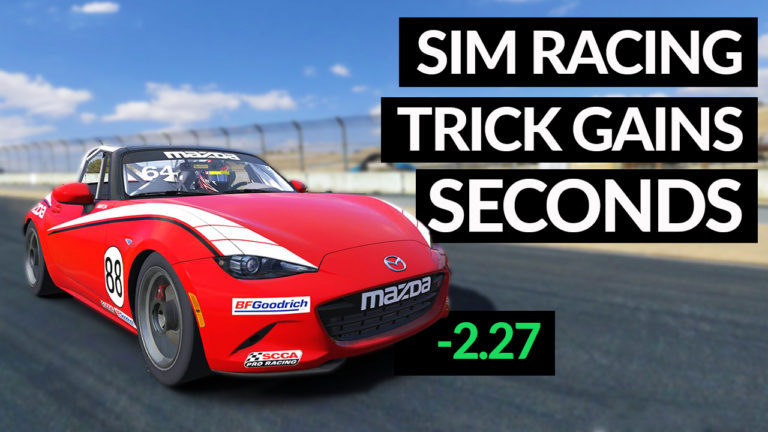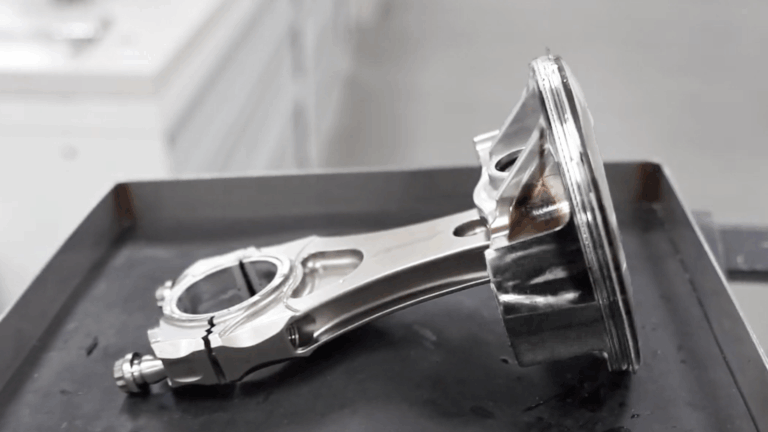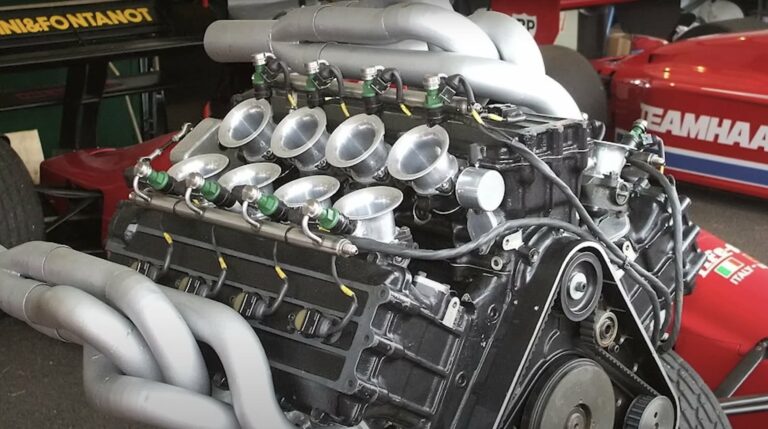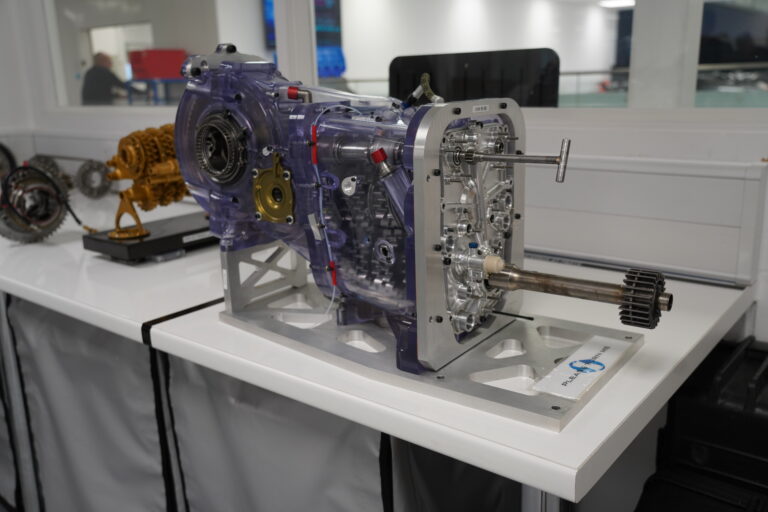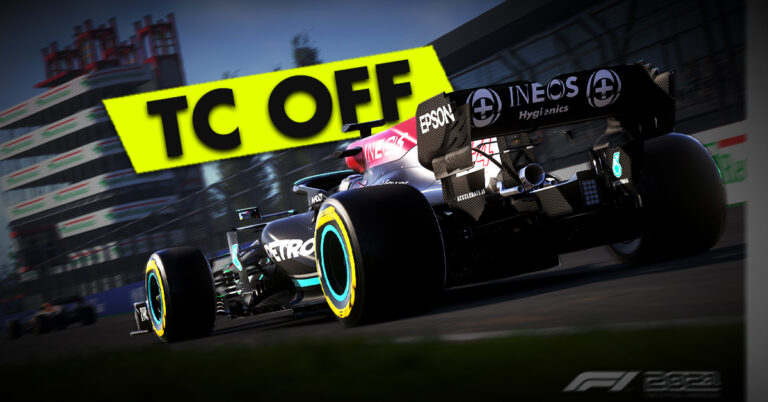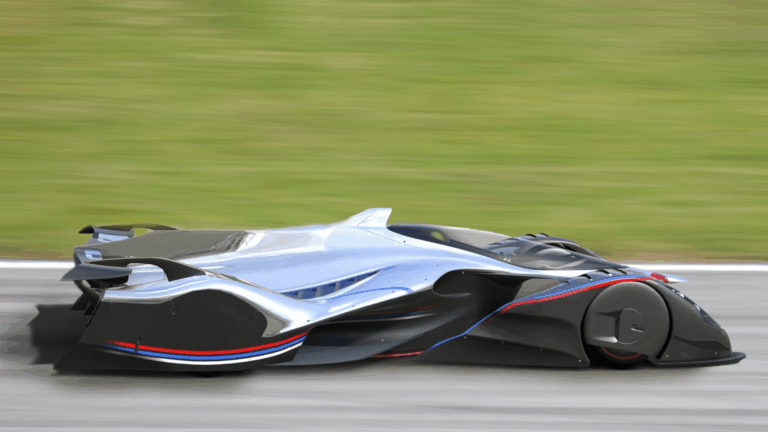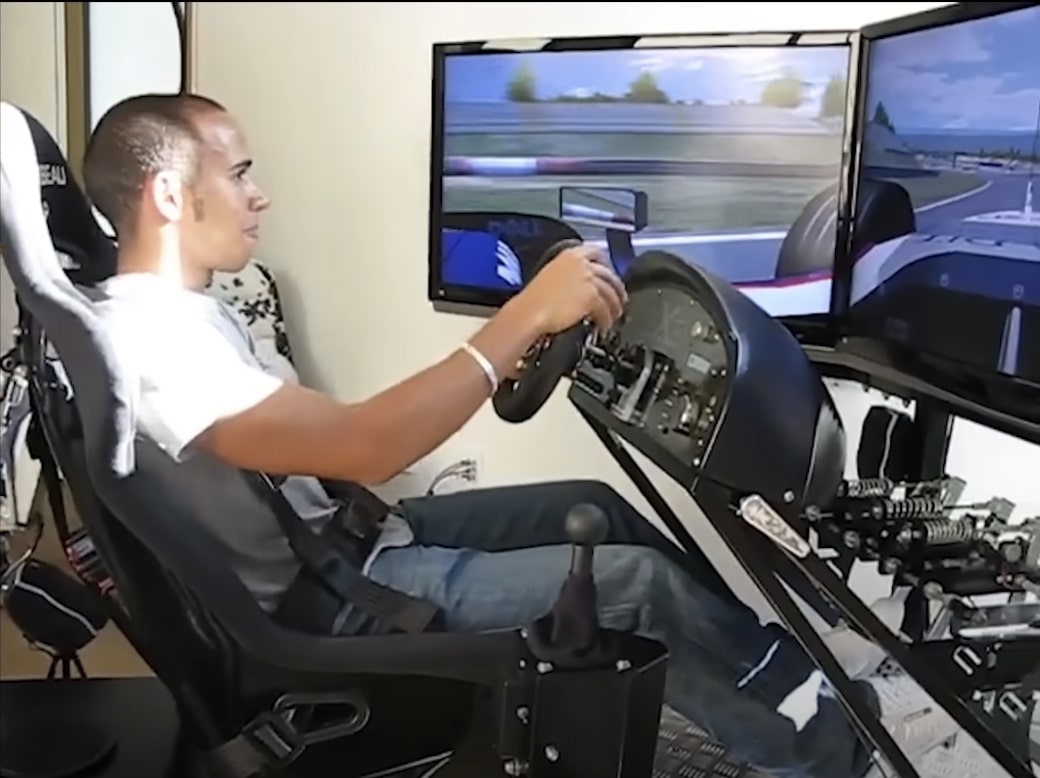
Lewis Hamilton’s aversion to simulators has puzzled many motorsport fans. In a world where drivers like Max Verstappen dedicate hours to perfecting their skills in simulation, Hamilton’s admission that he barely uses the Mercedes simulator seems unconventional.
Why does a seven-time world champion avoid this tool, and does it affect his performance on track? Let’s break it down.
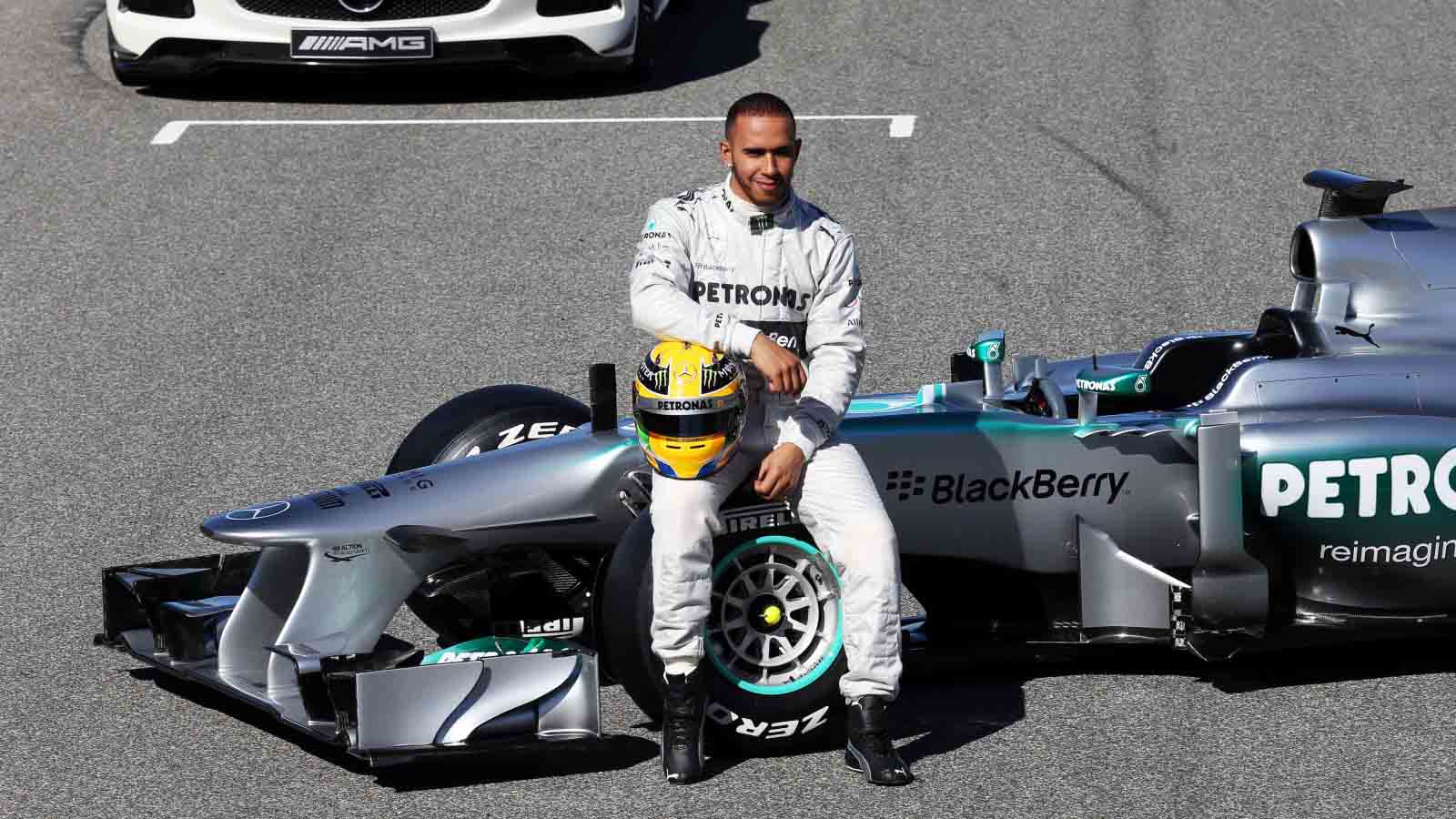
The Role of Simulators in Modern F1
Simulators have become an indispensable part of Formula 1. They are not just for learning circuits or perfecting racing lines; they play a pivotal role in car development and race strategy. Teams use them to:
- Test car setups and make development decisions.
- Explore race strategies and tyre management scenarios.
- Provide drivers with additional practice in adapting to car behaviour.
For drivers like Max Verstappen, who personally takes the reins of simulator sessions, the benefits extend to tailoring car performance to their unique driving style. Verstappen sees it as critical to ensuring the car aligns with his preferences. By contrast, Hamilton’s reluctance to use the simulator raises questions about its value for a driver of his calibre.
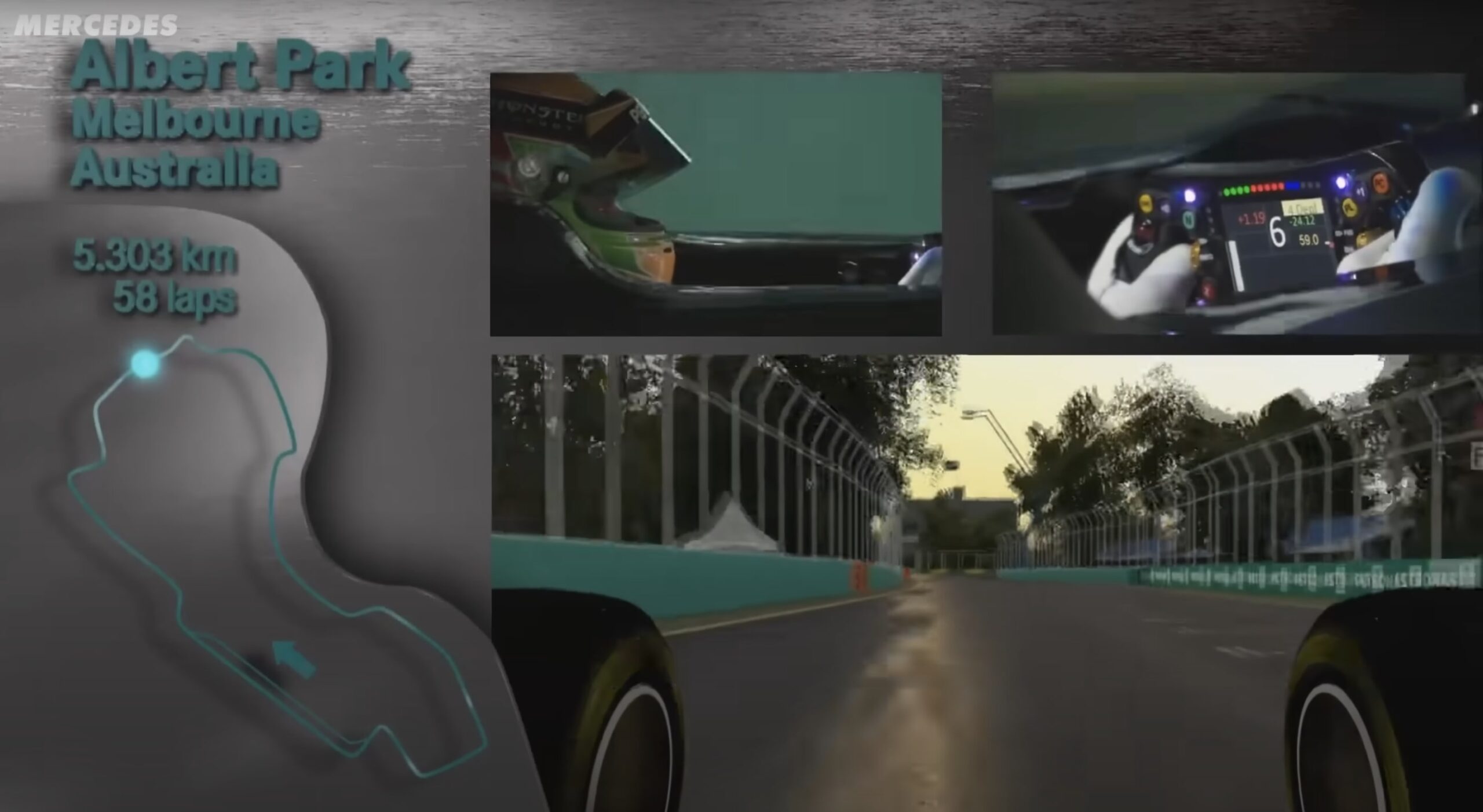
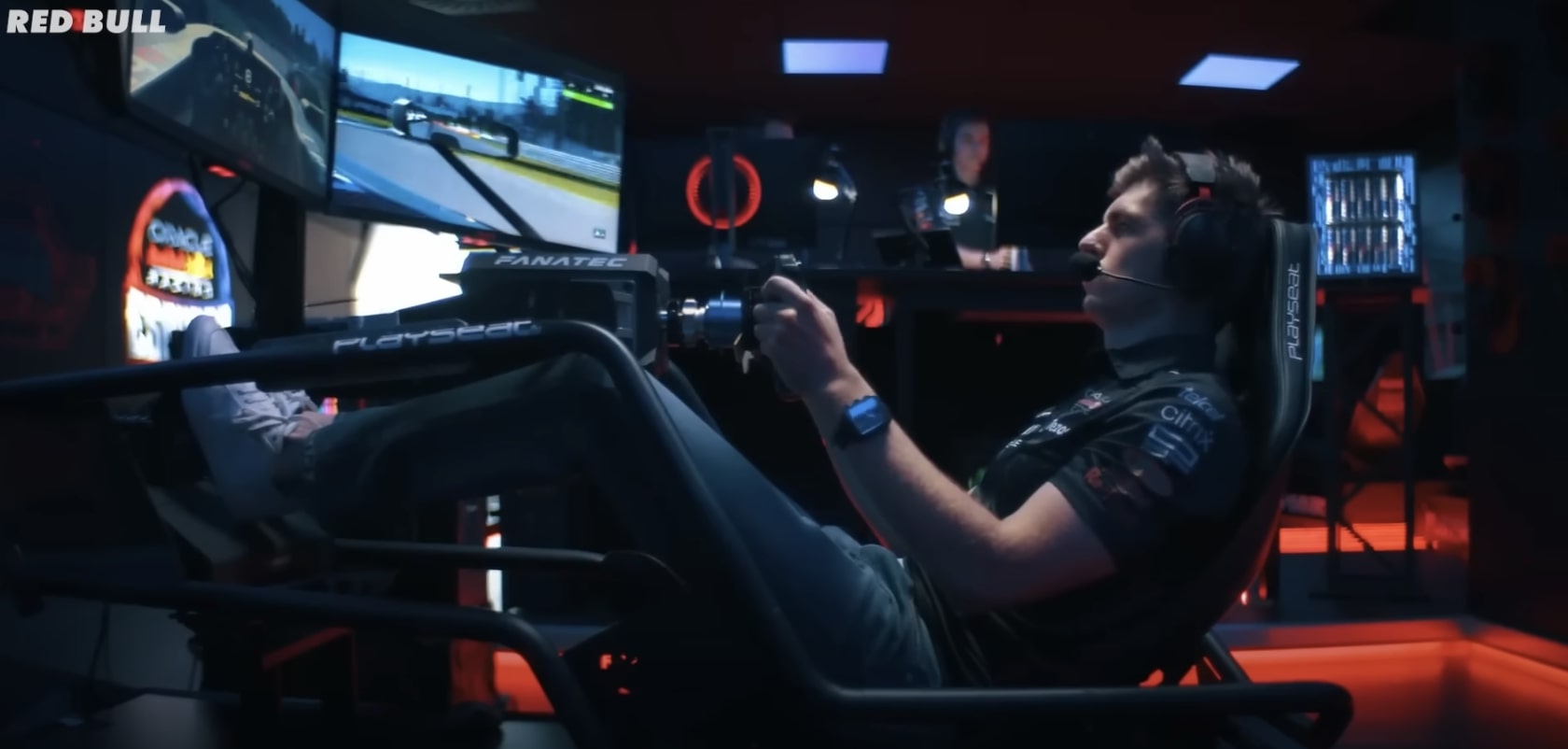
Hamilton’s Perspective on Simulators
Hamilton has stated that simulators feel too disconnected from the real-world driving experience. He believes that key sensory inputs, crucial for understanding and reacting to a car’s behaviour, are missing. Here’s why:
- Lack of Physical Feedback: In a real car, drivers rely heavily on their body to sense changes in grip, oversteer, and braking forces—sensations a simulator cannot replicate.
- Dependency on Vision: Hamilton points out that in a simulator, visual cues are the primary input, unlike in real life, where they are secondary to physical sensations.
- Imperfect Brake Feel: While throttle response and steering feedback in high-end simulators are realistic, brake feel is often lacking, making it harder to judge lock-ups and braking distances.
Hamilton has described this disconnect as a potential hindrance to his real-world driving, suggesting that adapting to the simulator’s limitations might negatively influence his on-track performance.
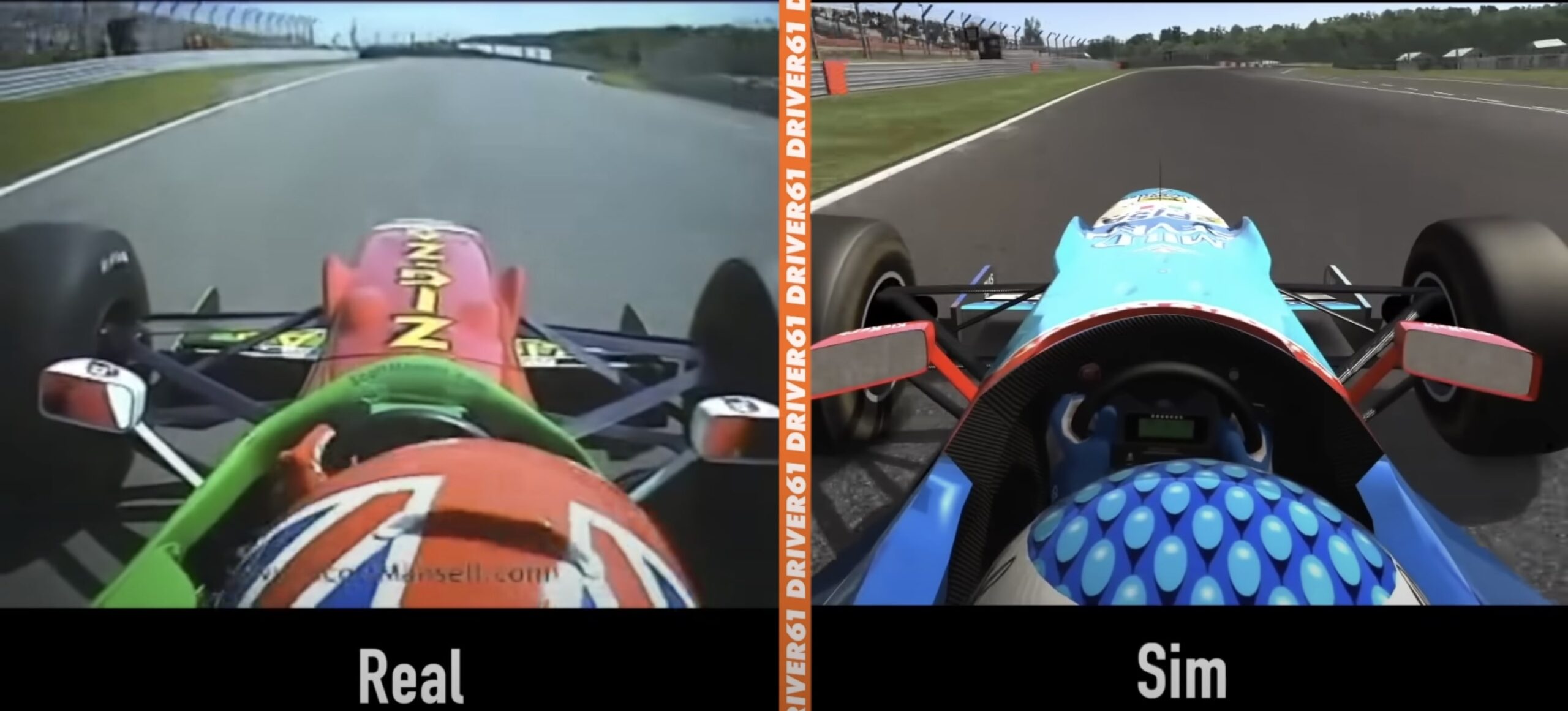
Does It Impact Hamilton’s Performance?
Some might argue that avoiding simulators could leave Hamilton at a disadvantage, particularly in car development. After all, drivers like Verstappen use their simulator time to directly influence their car’s evolution. However, Hamilton’s extensive experience compensates for this. With over a decade of racing across various F1 eras, he:
- Knows every circuit intimately.
- Has refined his ability to adapt his driving style to suit changing regulations and car designs.
- Understands setups and car behaviour at a level few can match.
When Mercedes faced challenges with their car in 2022, Hamilton revisited the simulator to assist the team. His approach focused more on guiding test drivers and engineers to work on the right areas rather than using it for personal preparation.
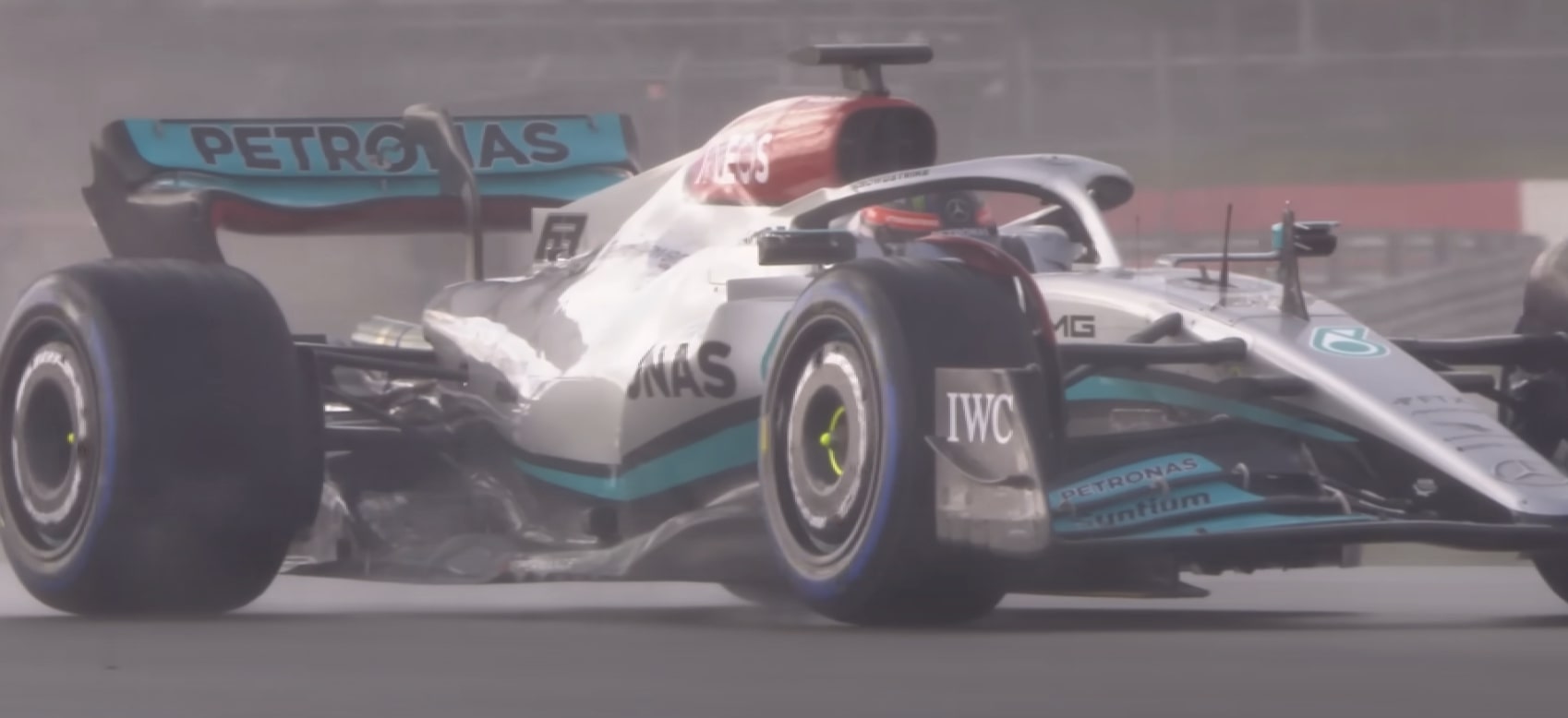
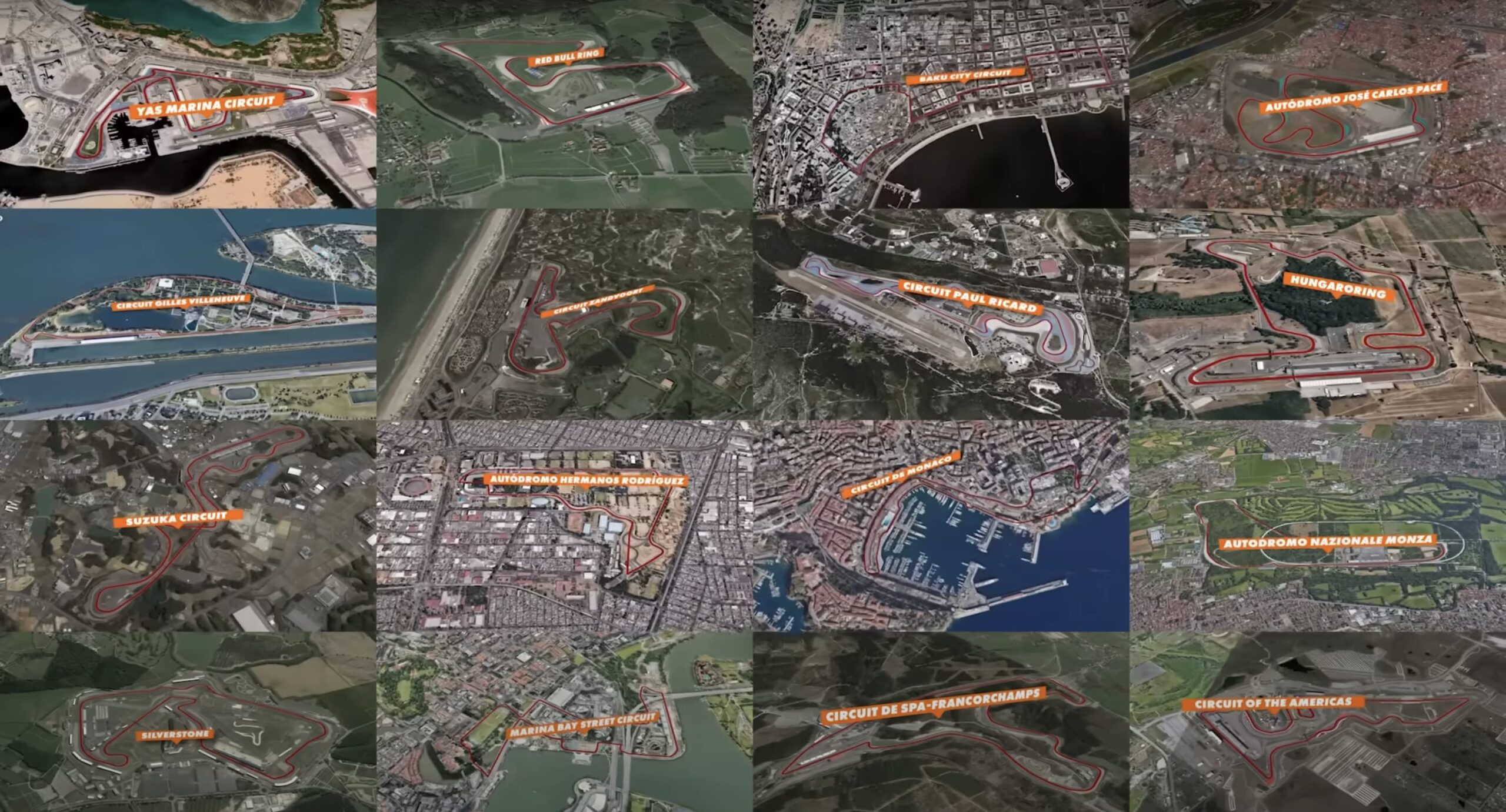
Why Hamilton’s Approach Works for Him
Hamilton’s emphasis on conserving energy for race weekends reflects his strategic mindset. He views his limited simulator use as a way to optimise his physical and mental reserves for when it truly matters—on race day. His results speak for themselves, proving that his unconventional approach doesn’t hinder his ability to deliver exceptional performances.
The Debate: Simulator Pros and Cons
The debate over simulators in F1 boils down to personal preference. While they are undeniably valuable for car development and offer newer drivers a way to refine their skills, seasoned professionals like Hamilton see diminishing returns. For Verstappen, the simulator is a tool for perfection.
For Hamilton, it’s an optional extra useful but not essential.




